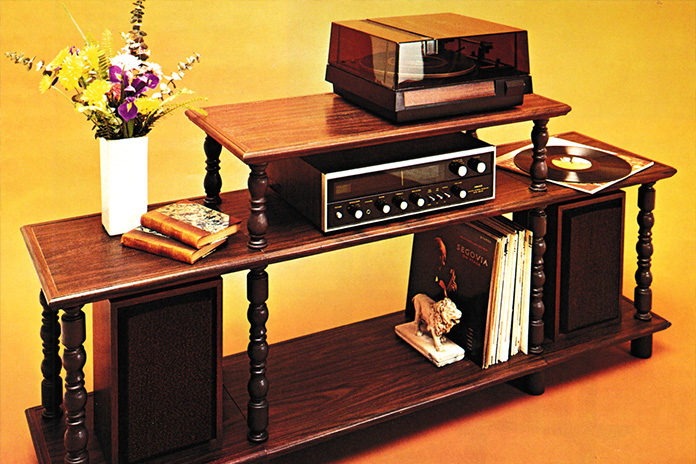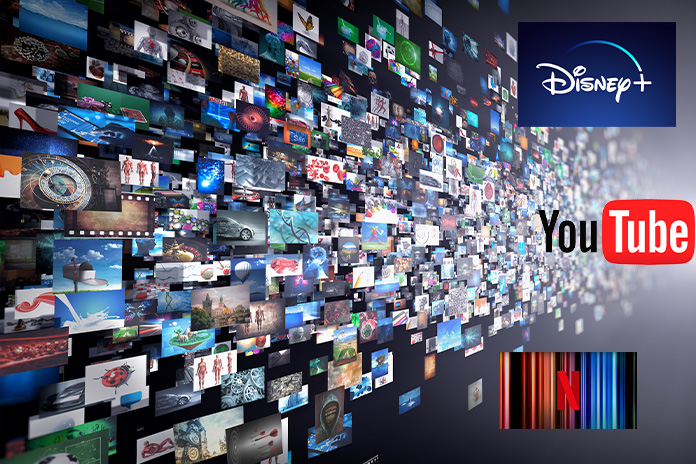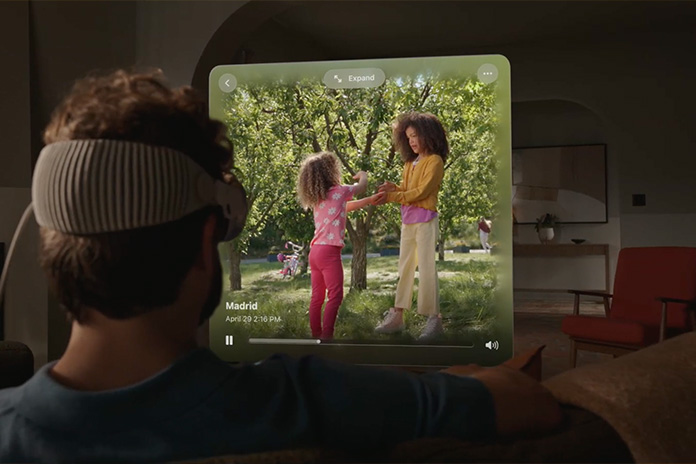 IF you look at photographs taken from the 1970s to early 1990s of family gatherings or parties at a home, chances are you’ll see a home audio or home cinema system taking pride of place in the frame.
IF you look at photographs taken from the 1970s to early 1990s of family gatherings or parties at a home, chances are you’ll see a home audio or home cinema system taking pride of place in the frame.
Then, owners placed a lot of emphasis on their home entertainment systems, showing them off to family and friends by playing music and movies and amplifying its positive influence on life.
Central to this experience was the size of such equipment and their accompanying physical media — records, cassette tapes, compact discs, DVDs and laser discs — occupying a sizeable portion of the living room area.
One key difference between the experience then and now was that enjoying your music and movies was a physical — some may even say therapeutic — ritual.

I recall the thrill of going to the record stores like Tower Records, Kwang Sia, Supreme Records and The Attic with my friends, browsing through aisles of vinyl, admiring the colourful covers and reading the track lists and album information. We would then rush back to play the album, and it felt tribal. I loved the experience of cleaning the records and of slowly lowering the stylus onto the grooves accompanied by the crackle and hiss of the music coming to life.
When cassettes and VHS tapes arrived, it brought home entertainment to another level. Now we were able to not only create mix tapes of our favourite songs but also play them while on the go — thanks to portable cassette players like the ubiquitous Sony Walkman and boomboxes.
In terms of video, VHS allowed us to record our favourite TV shows and enjoy the latest Hollywood blockbusters in the comfort of our homes. As time moved on, I switched to CDs and SACD’s for music and DVDs and Blu-ray discs for movies. They were more convenient and durable with a charm of their own. This was also a time of the format wars — a competition between similar but incompatible technical standards vying for market superiority.
Once the dust had settled, the universe entered a state of equilibrium and all was well.
Digital Desires
Then, the prevalence of the various digital technology gave rise to music formats like MP3, WAV, AAC, high resolution FLAC and DSD and MP4, AVI and MKV for video formats.
These formats became the building blocks of digital media and entertainment, enabling us to store, transmit, and enjoy music and videos in ways that made everything convenient and easily accessible. This eventually led to the streaming era and suddenly, everything was available online, everywhere and all at once.
Services like Netflix, Amazon Prime, Tidal, Spotify and AppleTV+ became household names. There was now no need to go to the store, no need to buy, rent or own anything physical. And, with that, the art of collecting had simply disappeared!
Though physical stores selling media and home entertainment equipment still remain, they are slowly shrinking in number — compounded by the move to online stores no doubt. Though there has been a slow but growing trend among millennials and Gen-Z’s, (not just hard-core collectors) to purchase LPs and CDs, perhaps it’s their innate sense of curiosity, or maybe to fulfil a need to look cool that seem to drive this growth.

Today, all you need is to sign up for a subscription, click play and enjoy. Streaming services have disrupted the traditional models of content production and distribution, creating new opportunities and challenges for creators and consumers.
It is convenient, but it also feels impersonal and disposable. This convenience invariably made me stop caring about what I watch or listen to. I now have the option of following the recommendations of algorithms or critics or whatever was trending on social media at the time. I binge-watch shows without savouring them. I skip tracks without appreciating them.
I was consuming media without enjoying it.
The advent of smart devices such as smartphones, tablets, laptops, Smart speakers and Smart TVs, which enabled people to enjoy their entertainment on different screens and platforms, made the situation more prevalent. While streaming services have their advantages, like offering a lot of variety, new discoveries and convenience, they can also reduce the quality and value of media. As such, a person might say that they use streaming services for convenience, but they also like to collect physical media for nostalgia or appreciation.
The impact of the pandemic also changed consumption patterns by accelerating the shift to streaming services, and the demand for diverse and inclusive content. Connectivity became the driver of growth. High-speed internet access and 5G-enabled devices and infrastructure, offered better performance for data-intensive entertainment.
Social media platforms have also become a major source of video entertainment — especially for the younger generation, offering a variety of content from short-form videos and live streams to podcasts and stories. This allowed users to create and share their own content, interact with other users and influencers, and discover new content based on their interests.
Without doubt, Gen-Zs are defining the future of media and entertainment simply by being the first generation to grow up with digital media as their primary source of entertainment. They have different preferences, expectations, and behaviours than the older generation when it comes to consuming and engaging with audio-video content. Gen-Zs are more likely to use multiple devices and platforms simultaneously, preferring short-form and interactive content over long-form and passive content. They seek social connection and co-creation over isolation and consumption, and demand more personalisation and customisation over standardisation and mass production.
The audio video entertainment industry is thus facing unprecedented changes that will likely reshape its future. To succeed in this dynamic environment, industry players will need to adapt to the changing consumer preferences and behaviours, embrace new technologies and business models, and collaborate with other players across the ecosystem.
Emerging technologies like VR, which can be used for purposes like gaming, education, training and entertainment, can enhance the sensory and emotional aspects of home entertainment — but with some ethical and health risks.

The recent announcement of Apple’s Vision Pro is expected to change viewing habits, with your own personal theatre hooked on directly to your head.
AI or Artificial Intelligence, can improve the quality and diversity of home entertainment content, but it too raises some ethical and social issues.
Home entertainment has never been the same since digital audio and video technology came along. Regardless, the future of home entertainment is likely to be more diverse, dynamic, and personalised than ever before. It will not only be about delivering high-quality content, but also about creating meaningful experiences that connect consumers with themselves, with each other, and with the world.
Living in a highly digitised world, we must not forget that humans are still analogous creatures with the propensity to have morals and beliefs and to create and adapt. My fear is that this digital revolution could make us lose the very essence of what makes us human.



















